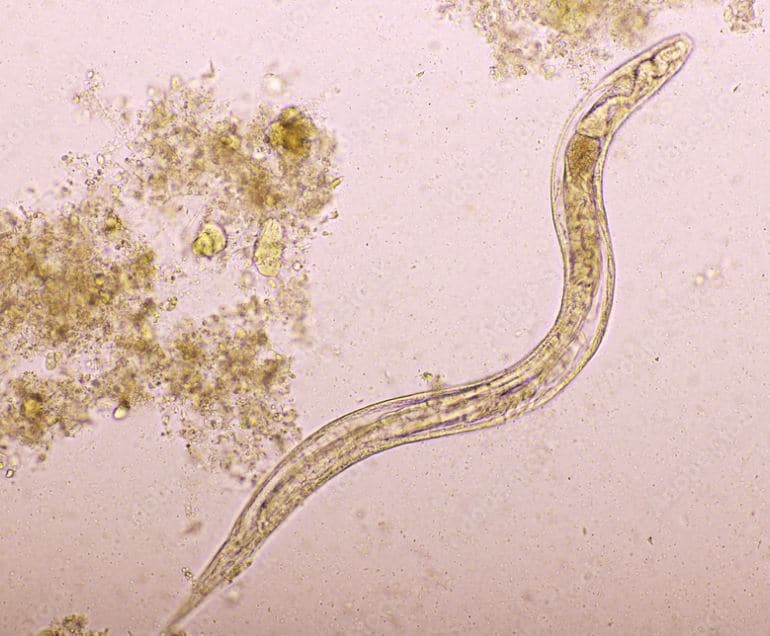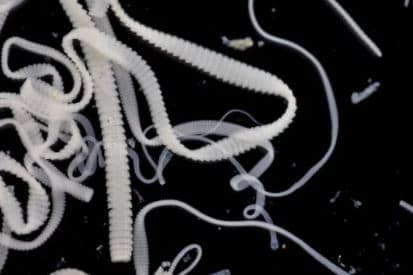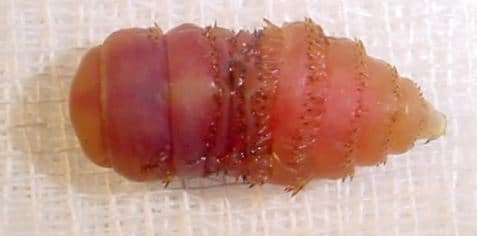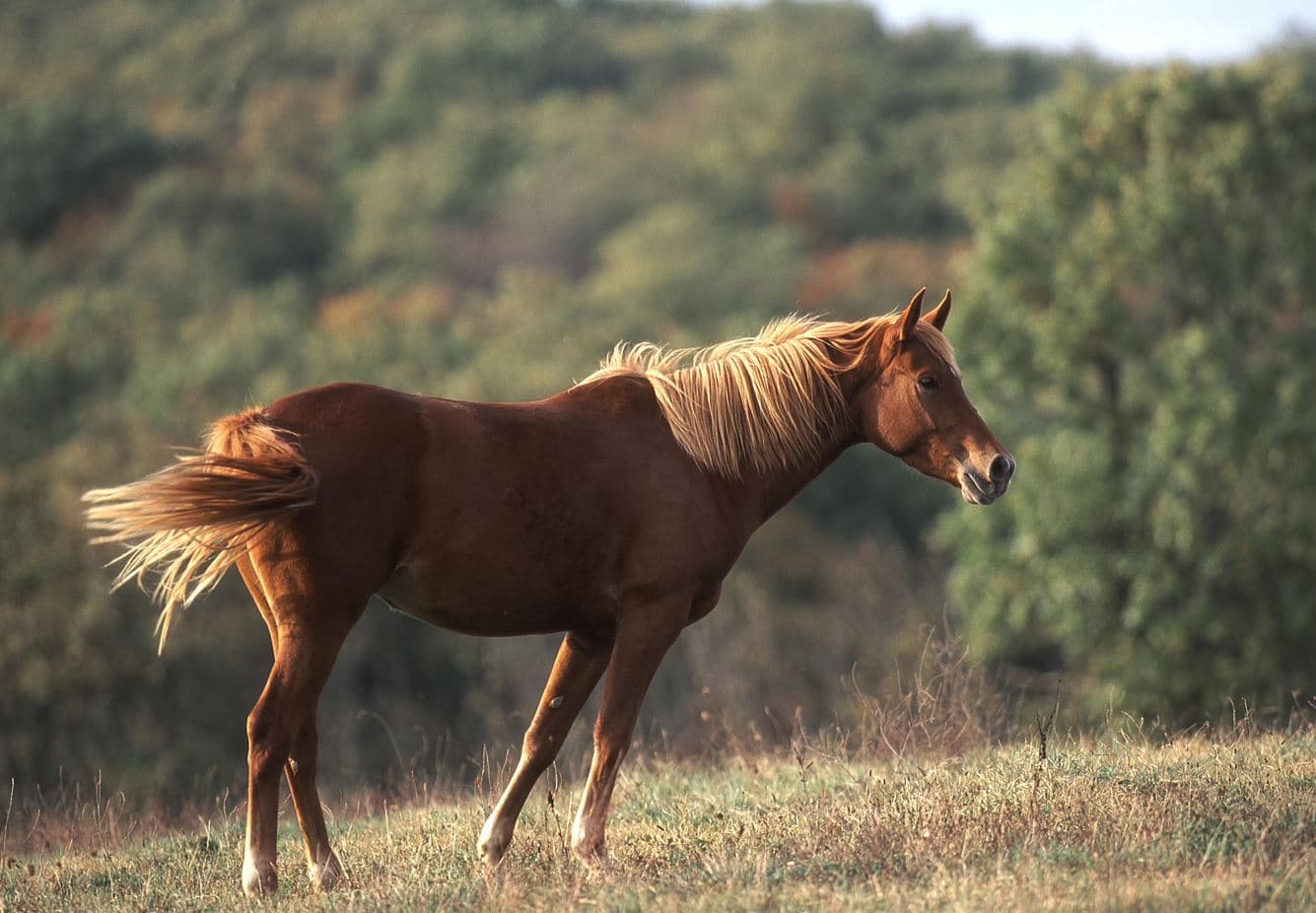We are going to talk here only about intestinal parasitism in the horse in order to better understand the action of the different molecules present in the dewormers that are recommended by the veterinarians.
First of all, it is important to know that all horses, whatever they are, harbor parasites without exception. In most cases, horses live very well with these parasites (with a few exceptions) as long as they do not exceed a certain threshold which is characterized by the number of eggs per gram of dung, this threshold is around 200 to 500 eggs/g of dung. This count is called a coproscopy and is based on the principle that the more eggs there are, the more parasites there are to lay them.
But coproscopy is also an essential aid to target the type of molecules to be used for deworming by identifying the parasites in your horse, in other words, not all dewormers are the same and they are even targeted for certain types of parasites…
Parasites are classified into three families: roundworms also called nematodes where we find pinworms and strongyles (large and small), flatworms also called cestodes where we find worms of the tapeworm family, and finally arthropods where we find all the gastropods.



How is the horse infested ?
Whatever its housing method, the horse is infested by the external environment where it lives (pasture, box or paddock). The horse is parasitized by ingestion of larvae or eggs depending on the type of parasite that will migrate and develop inside the horse’s digestive tract. These parasites will in turn produce eggs that will infest the outside environment via the horse’s droppings, so it is easy to understand that the higher the grazing pressure, the greater the risk that the horse will be infested Within a group (stable, pasture), studies show that 20% of horses harbor 80% of parasites.
Some rules to limit the development of parasites
The first action is to interrupt the parasite cycle, which is what we do for horses in stalls by removing the droppings daily and by cleaning and disinfecting their stalls regularly and completely. When spreading on grazed areas, it is necessary to compost the manure at least two years. For paddocks and pastures, set up a rotation system to avoid overgrazing, which can be completed in the case of insufficient surface area by the collection of dung, or even liming of the soil.
Once the means are put in place for the external environment we can tackle the internal parasites of the horse, only one way: deworming, and even if deworming never eliminates 100% of the parasites they remain the only way today to avoid high concentrations in the animal and the pathologies that result from it. But this act must be reasoned and several rules must be respected.
First of all, never under-dose the treatment which is directly linked to the weight of the animal, tools are at your disposal to estimate the weight of your horse to within +/- 20kg, make one or two coproscopies on two or three horses in the group to target the molecules to be used and deworm if the threshold is exceeded (except for tapeworm which passes through the mesh of this test). If you deworm, the whole group must be dewormed. When deworming, put your horses, if possible, in ungrazed areas or in a box for 48 hours and collect the droppings. The same goes for a horse coming from outside.
Worming is a reasoned act that must be discussed with your veterinarian according to your management of the stables, the age of your horses and the known resistances, he will help you to set up a worming plan taking into account all these criteria and the new molecules available on the market.



